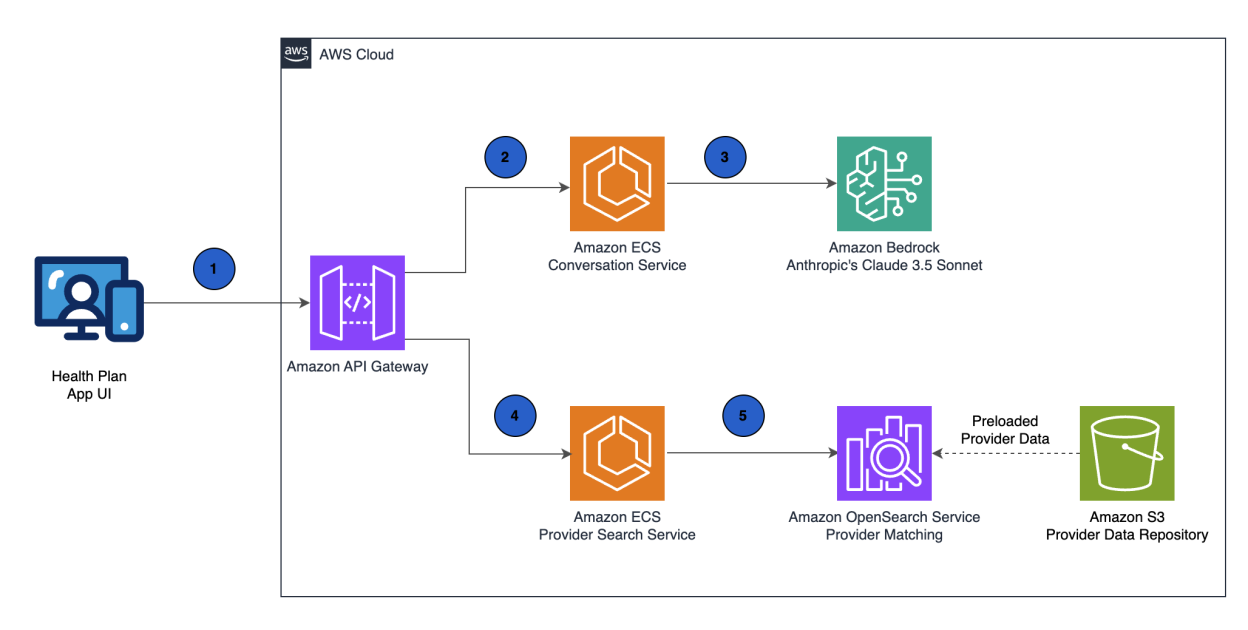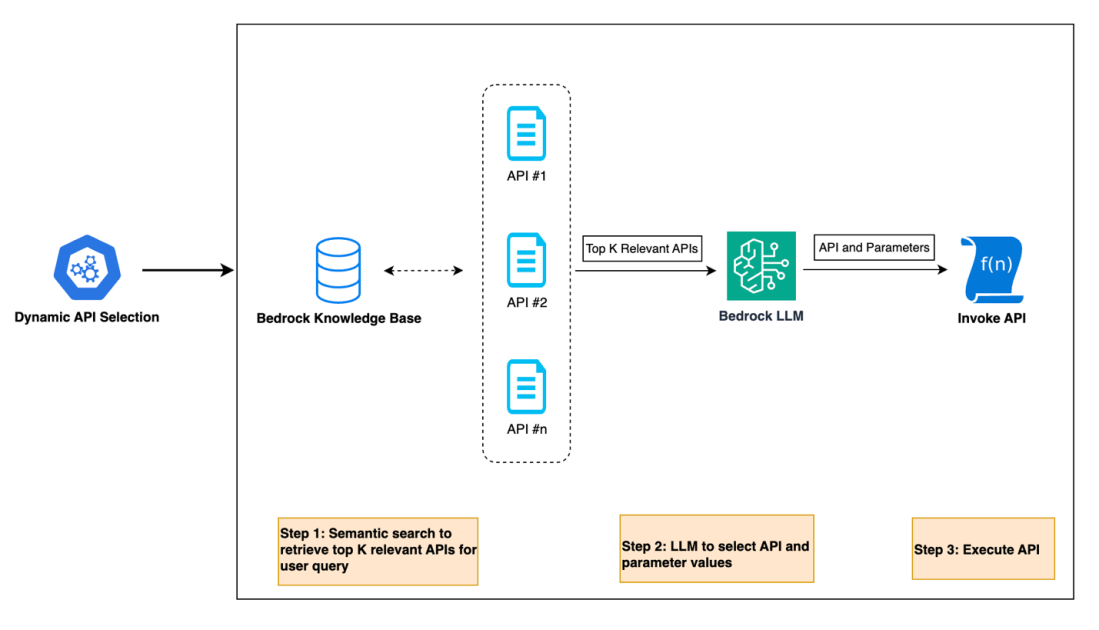This post was written with Zach Heath of Kyruus Health.
When health plan members need care, they shouldn’t need a dictionary. Yet millions face this exact challenge—describing symptoms in everyday language while healthcare references clinical terminology and complex specialty classifications. This disconnect forces members to become amateur medical translators, attempting to convert phrases like “my knee hurts when I climb stairs” into specialized search criteria such as orthopedics or physical medicine. Traditional provider directories compound this problem with overwhelming filter options and medical jargon, leading to frustrated members, delayed care access, and ultimately higher costs for both individuals and health plans.
Kyruus Health, a leading provider of care access solutions, serves over 1,400 hospitals, 550 medical groups, and 100 health plan brands—connecting more than 500,000 providers with patients seeking care and facilitating over 1 million appointments annually. To address the challenges of healthcare navigation, they developed Guide, an AI-powered solution that understands natural language and connects members with the right providers. With Guide, members can express health concerns in their own words and receive personalized provider matches without requiring clinical knowledge. Health plans implementing this solution have reported enhanced member experience and higher Net Promoter Scores (NPS), along with improved care access conversion and appointment scheduling rates.
In this post, we demonstrate how Kyruus Health uses AWS services to build Guide. We show how Amazon Bedrock, a fully managed service that provides access to foundation models (FMs) from leading AI companies and Amazon through a single API, and Amazon OpenSearch Service, a managed search and analytics service, work together to understand everyday language about health concerns and connect members with the right providers. We explore the solution architecture, share implementation insights, and examine how this approach delivers measurable business value for health plans and their members.
Solution overview
Guide transforms healthcare provider search by translating natural language health concerns into precisely matched provider recommendations. The solution uses Amazon Bedrock with Anthropic’s Claude 3.5 Sonnet to understand everyday descriptions of health concerns and convert them into structured medical parameters. Then it uses OpenSearch Service to match these parameters against comprehensive provider data and deliver targeted recommendations.
This architecture makes it possible for members to express health needs in plain language while making sure provider matches meet clinical requirements. The entire solution maintains HIPAA compliance through end-to-end encryption and fine-grained access controls, so Kyruus Health to focus on improving the member experience instead of managing complex infrastructure.
The following diagram illustrates the solution architecture.

This architecture translates natural language queries into structured healthcare parameters through the following steps:
- A member enters a query like “I’ve been having shooting pain down my leg for two weeks” through the health plan application. Amazon API Gateway securely receives the member’s query request.
- API Gateway routes the request to Guide’s conversation service running on Amazon Elastic Container Service (Amazon ECS).
- Guide’s conversation service calls Amazon Bedrock, where Anthropic’s Claude 3.5 Sonnet processes the natural language. The model identifies potential sciatica and translates this everyday description into structured medical parameters, including appropriate specialties like neurology or orthopedics.
- The health plan application initiates a new API call through API Gateway to the Provider Search Service running on Amazon ECS, using the structured parameters derived from the previous steps.
- The Provider Search Service queries OpenSearch Service, which contains comprehensive provider data previously ingested from Amazon Simple Storage Service (Amazon S3), including specialties, clinical focus areas, locations, and insurance network participation.
Matched providers are then returned to the health plan application and presented to the member through an intuitive conversational interface. This architecture demonstrates the powerful combination of Amazon Bedrock FMs with purpose-built AWS services like OpenSearch Service, creating an end-to-end solution that bridges the gap between complex healthcare data and intuitive member experiences.
Building with Tribe AI
To accelerate their AI transformation, Kyruus Health partnered with Tribe AI, an AWS Partner with extensive experience in building and implementing enterprise-grade generative AI solutions at scale. Tribe AI’s proven track record in deploying FMs in complex, regulatory environments like healthcare helped de-risk the adoption of generative AI for Kyruus. This partnership allowed Kyruus to focus on their healthcare domain expertise while using Tribe AI’s technical implementation knowledge to bring Guide from concept to production.
Implementation insights
Kyruus Health’s successful implementation of Guide yielded key insights that can help organizations building healthcare AI initiatives:
- Healthcare-specific testing infrastructure is essential – Kyruus Health prioritized testing with real healthcare scenarios from the start. This process made sure Guide could accurately translate everyday descriptions into appropriate provider specialties, maintaining reliability where matching decisions directly impact health outcomes and plan costs.
- User-centered design principles must guide AI implementation – By focusing first on member needs rather than technical capabilities, Kyruus Health made sure their solution addressed the actual friction points in healthcare navigation. This approach led directly to significant improvements in satisfaction and reduced search abandonment rates, demonstrating how AI implementations should start with human needs rather than technical possibilities.
- Strategic model selection drives business outcomes – Rather than using a single model for all tasks, Kyruus Health discovered the power of strategically deploying specialized models for different aspects of healthcare navigation—including complex symptom interpretation and clinical specialty mapping. This targeted approach improved provider match accuracy by aligning specific AI capabilities to distinct parts of the matching process, optimizing both performance and cost while delivering more precise provider recommendations.
These insights demonstrate how a thoughtful implementation approach can transform complex healthcare navigation challenges into intuitive member experiences that deliver measurable business results.
Guide member experience in action
The following screenshot shows how the AWS architecture translates into the real-world member experience. When a member enters their symptom description and location preference, Guide processes this natural language input through Amazon Bedrock and identifies appropriate specialists using OpenSearch Service. The system interprets the medical concern and location requirements, responding with relevant specialists within the requested distance who are accepting new patients. This streamlined experience has delivered higher match rates and increased appointment completion for health plans.

Conclusion
Guide demonstrates how generative AI powered by AWS transforms healthcare navigation by bridging the gap between everyday language and clinical terminology. In this post, we explored how an architecture combining Amazon Bedrock and OpenSearch Service processes natural language queries into personalized provider matches, helping members find appropriate healthcare providers using natural language descriptions of their symptoms.
For health plans evaluating digital initiatives, Guide offers a blueprint for solving complex healthcare challenges while delivering measurable improvements in member satisfaction and appointment conversion rates. To build your own generative AI solutions, explore Amazon Bedrock for managed access to FMs. For healthcare-specific guidance, check out the AWS Healthcare Industry Lens and browse implementation examples, use cases, and technical guidance in the AWS Healthcare and Life Sciences Blog.
About the authors
 Zach Heath is a Senior Staff Software Engineer at Kyruus Health. A passionate technologist, he specializes in architecting and implementing robust, scalable software solutions that transform healthcare search experiences by connecting patients with the right care through innovative technology.
Zach Heath is a Senior Staff Software Engineer at Kyruus Health. A passionate technologist, he specializes in architecting and implementing robust, scalable software solutions that transform healthcare search experiences by connecting patients with the right care through innovative technology.
 Anil Chinnam is a Solutions Architect at AWS. He is a generative AI enthusiast passionate about translating cutting-edge technologies into tangible business value for healthcare customers. As a trusted technical advisor, he helps customers drive cloud adoption and business transformation outcomes.
Anil Chinnam is a Solutions Architect at AWS. He is a generative AI enthusiast passionate about translating cutting-edge technologies into tangible business value for healthcare customers. As a trusted technical advisor, he helps customers drive cloud adoption and business transformation outcomes.







